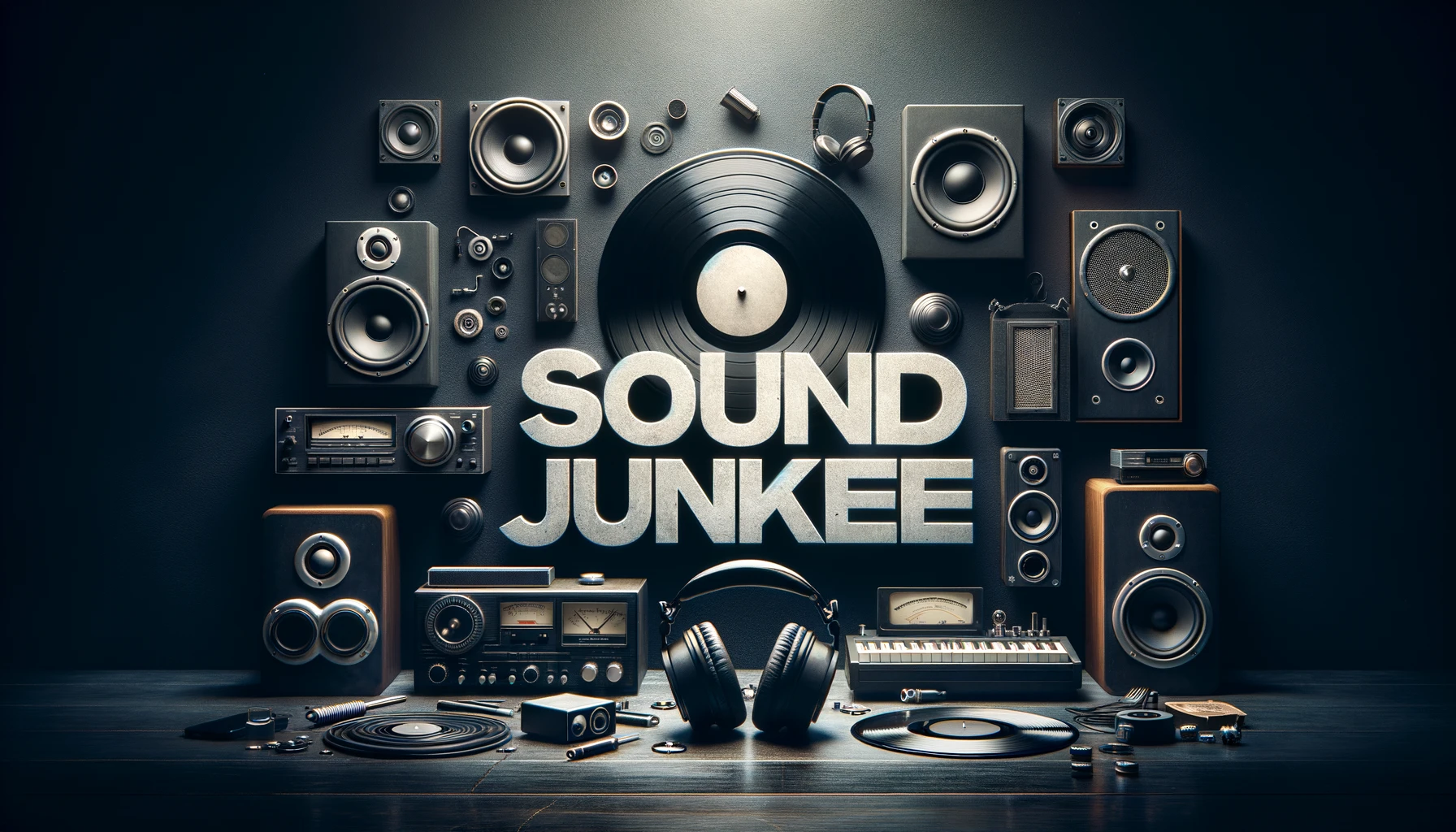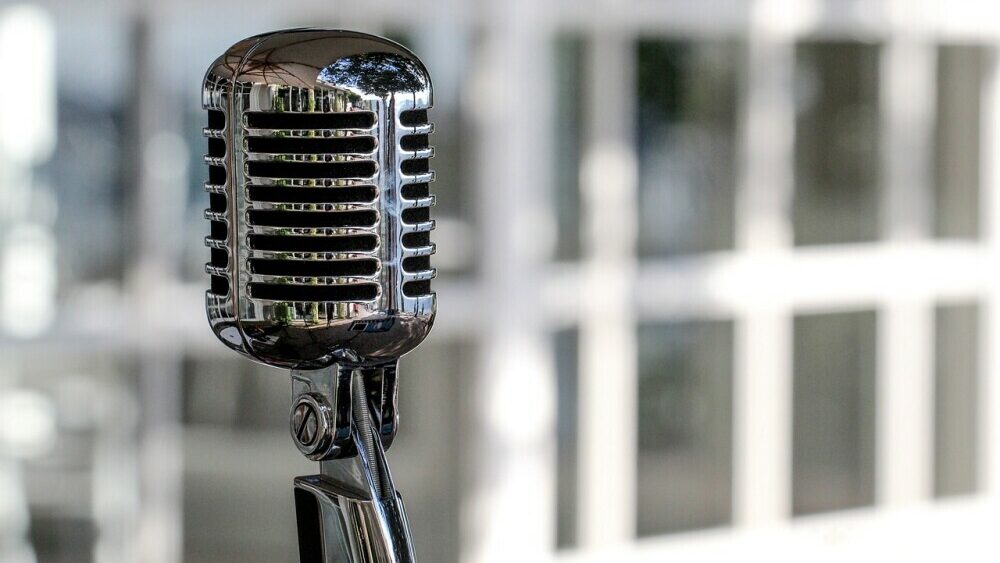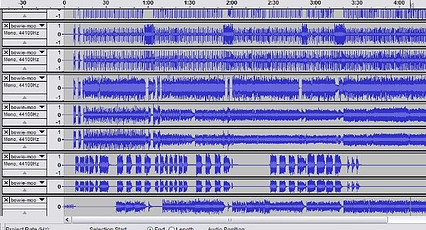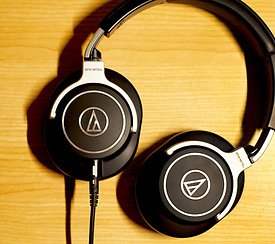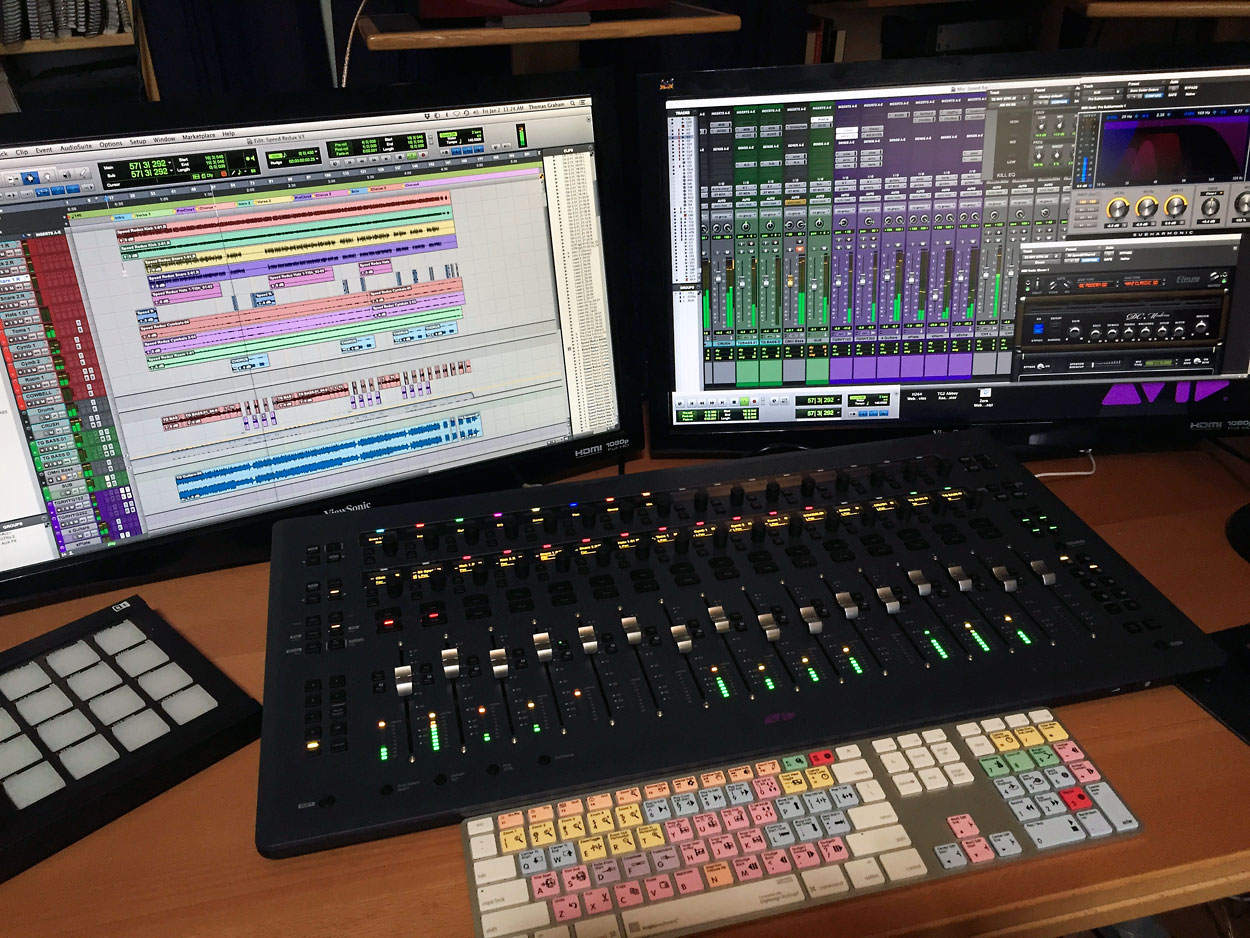When comparing dynamic and condenser microphones, it’s important to consider their key differences. Dynamic microphones are generally more durable and can handle high sound pressure levels, making them suitable for live performances and recording loud sources.
On the other hand, condenser microphones are known for their superior sensitivity and accuracy, making them ideal for capturing delicate nuances in studio recordings. Each type has its own advantages and is suited to different applications.
Table of Contents
Dynamic and Condenser Microphones: Explained
Dynamic microphones are typically used in stage performances and live settings due to their durability and ability to handle loud sound levels. They are designed to withstand rugged conditions and provide reliable performance.
Condenser microphones, on the other hand, are commonly used in studio environments where capturing fine details and nuances is crucial. Their high sensitivity and accuracy make them suitable for recording vocals and acoustic instruments.
Overall, the choice between dynamic and condenser microphones depends on the specific requirements of the application.
What Are Dynamic Microphones?
Dynamic microphones operate on a simple mechanism: a diaphragm attached to a coil of wire, situated within the magnetic field of a magnet. When sound waves hit the diaphragm, it moves, causing the coil to move within the magnetic field, generating an electrical current. This current is then converted into an audio signal.
Key Characteristics of Dynamic Microphones
Durability
Dynamic microphones are built to withstand rough handling, making them ideal for live performances and situations where equipment might be subject to physical stress. They can handle high sound pressure levels without distortion, making them perfect for loud sound sources like drums and guitar amplifiers.
Lower Sensitivity
These microphones are less sensitive to high frequencies and quiet sounds, which helps in rejecting ambient noise. This makes them suitable for environments where background noise is a concern.
No External Power Required
Dynamic microphones do not require an external power source, such as phantom power, to operate. This feature adds to their simplicity and ease of use in various settings.
>>> Best Microphones for Recording Voice Overs <<<
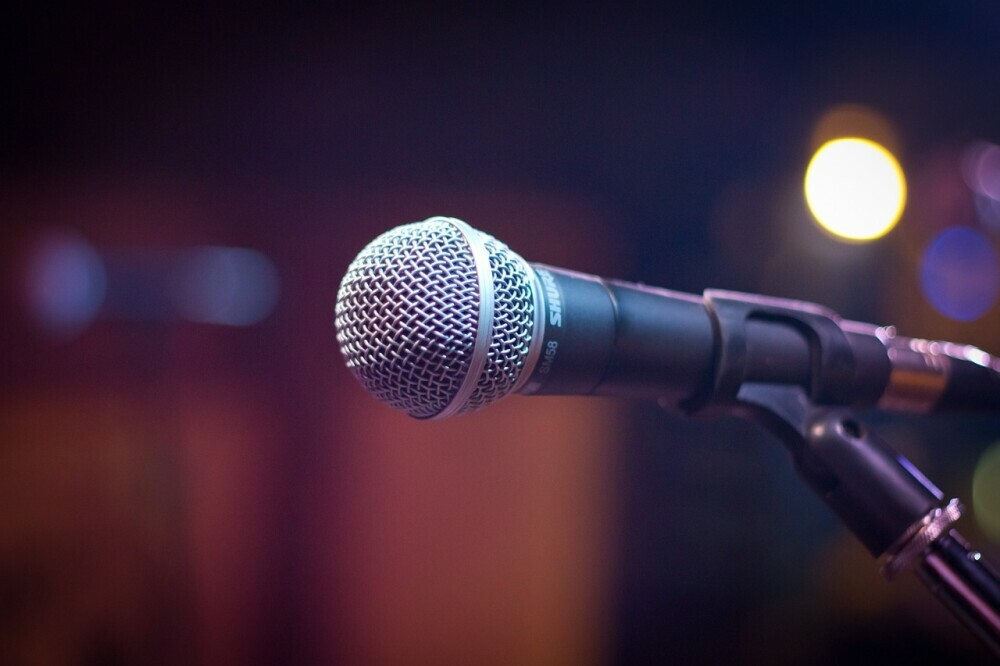
Common Uses of Dynamic Microphones
Live Vocals
Dynamic microphones are a staple in live vocal performances. The Shure SM58 is perhaps the most iconic example, known for its reliability and ability to deliver clear vocals even in noisy environments. Similarly, the Sennheiser e835 is very popular too.
Instrument Amplification
For miking loud instruments, dynamic microphones are the go-to choice. The Shure SM57 is widely used for guitar amplifiers and snare drums due to its ability to handle high SPL and deliver accurate sound reproduction. The Electro-Voice RE20 is another excellent example, often used for bass amps and kick drums because of its flat frequency response and ability to capture low frequencies effectively.
Broadcast and Podcasting
In broadcasting and podcasting, dynamic microphones like the Electro-Voice RE20 and Shure SM7B are very common. These microphones are known for their clear, natural sound and excellent noise rejection, making them perfect for studio settings where background noise needs to be minimized.
What Are Condenser Microphones?
Condenser microphones are known for their high sensitivity and ability to capture a broad range of frequencies. They operate on a different principle than dynamic microphones. A condenser microphone uses a diaphragm placed very close to a backplate, forming a capacitor. When sound waves hit the diaphragm, the distance between the diaphragm and the backplate changes, creating a change in capacitance. This change is then converted into an electrical signal.
Key Characteristics of Condenser Microphones
High Sensitivity and Detail
Condenser microphones are more sensitive than dynamic microphones, capable of capturing finer details and a broader range of frequencies. This makes them ideal for studio recordings where capturing the nuances of the sound is essential.
Requires External Power
Unlike dynamic microphones, condenser microphones need an external power source, typically phantom power supplied by an audio interface or mixer, or an internal battery.
Fragility
Condenser microphones are generally more delicate and less suited to rough handling. They are best used in controlled environments like recording studios.
>>> SE Electronics Reflexion Filter Pro Review <<<
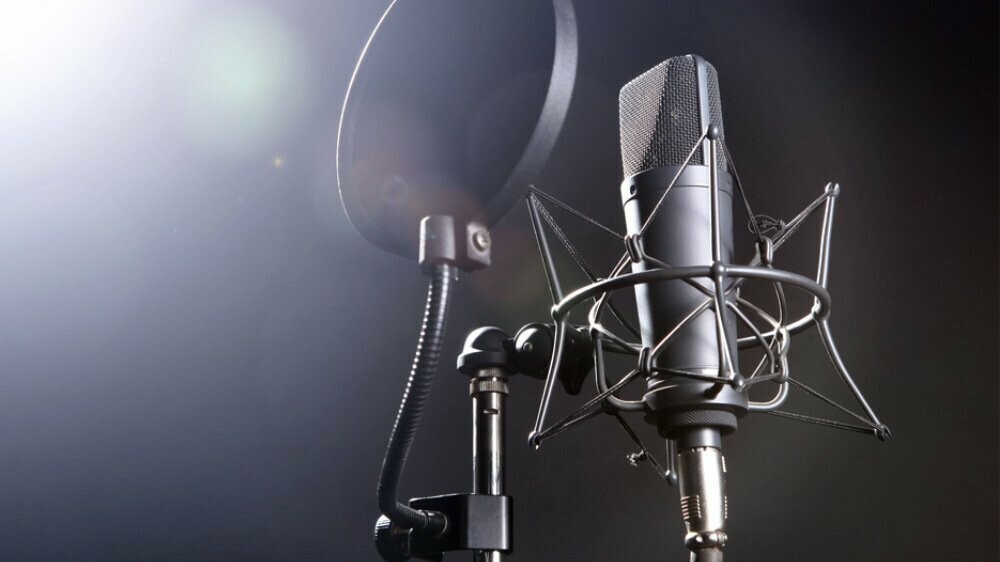 Common Uses of Condenser Microphones
Common Uses of Condenser Microphones
Studio Vocals
Condenser microphones are the preferred choice for studio vocal recordings. The Neumann U87 is a legendary microphone known for its detailed and accurate sound, often used in professional recording studios. The AKG C414 is another versatile condenser microphone, commonly used for both vocals and instruments due to its multiple polar patterns and clear sound.
Acoustic Instruments
For capturing acoustic instruments, condenser microphones excel. The Neumann KM184 is a popular choice for miking acoustic guitars, pianos, and other stringed instruments, providing clarity and detailed sound reproduction. The Audio-Technica AT4050 is also widely used for recording a variety of acoustic instruments, thanks to its versatility and excellent sound quality.
Room and Ambient Recording
Condenser microphones are well-suited for capturing room ambience and orchestral recordings. The AKG C414, with its multiple polar patterns, is often used to capture the natural reverb and space of a recording environment. The Rode NT1-A, known for its low self-noise, is ideal for capturing quiet room sounds and ambient noise.
Film and Video Production
In film and video production, shotgun condenser microphones like the Sennheiser MKH 416 and Rode NTG3 are highly valued. These microphones have a highly directional pickup pattern, making them perfect for isolating sound sources in noisy environments and capturing clear audio in on-location recordings.
>>> Choosing the Right Headphones For You <<<
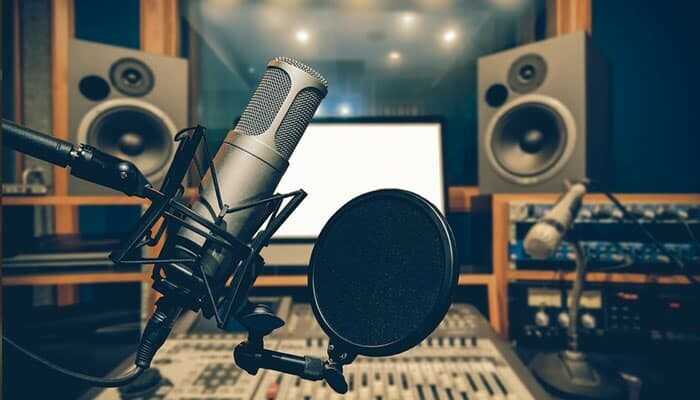
Choosing the Right Microphone for Untreated Rooms
In a room with live sound and no acoustic treatment, the choice of microphone becomes even more critical. Without acoustic treatment, the room will likely have a lot of ambient noise and sound reflections, which can affect the quality of the recording.
Dynamic Microphones in Untreated Rooms
Dynamic microphones are generally a better choice in untreated rooms because of their lower sensitivity to ambient noise and sound reflections. For example, the Shure SM58 and SM57 can effectively isolate the sound source and reject background noise, making them suitable for live performances and instrument amplification in challenging environments.
Shotgun Microphones
Shotgun microphones, such as the Sennheiser ME66 and MKH 416, can also be effective in untreated rooms. These microphones have a highly directional pickup pattern, focusing on the sound source and minimizing the pickup of ambient noise. While the Sennheiser ME66 is a cost-effective option with good directionality, the MKH 416 offers superior audio quality and durability, making it ideal for professional use.
Supercardioid and Hypercardioid Patterns
Understanding the polar patterns of microphones is essential for selecting the right tool for the job. Supercardioid and hypercardioid patterns are more directional than standard cardioid patterns, providing better isolation of the sound source.
Supercardioid Microphones
These microphones have a narrow pickup angle and are highly directional, making them excellent for isolating sound sources in noisy environments. They have a small rear pickup lobe, which captures some sound from the rear but much less than from the front.
Hypercardioid Microphones
Hypercardioid microphones have an even narrower pickup pattern than supercardioid microphones and a slightly larger rear lobe. This makes them even more focused on the sound source but requires careful positioning to avoid capturing unwanted rear noise.
Step-by-Step Guide To Recording Voiceovers
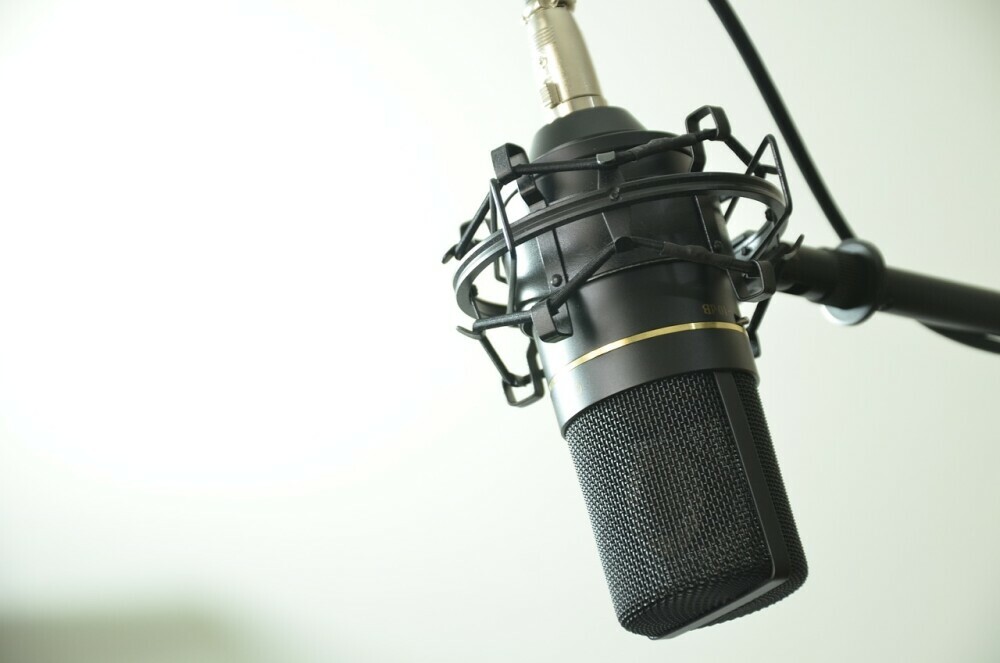 In a Nutshell 🥜
In a Nutshell 🥜
In conclusion, both dynamic and condenser microphones have their unique advantages and applications. Dynamic microphones are tough, versatile, and ideal for live performances and environments with high ambient noise. Condenser microphones, on the other hand, offer high sensitivity and detail, making them perfect for studio recordings and situations where capturing the nuances of the sound is essential. Understanding the specific needs of your recording environment and the characteristics of each microphone type will help you make the best choice for your audio projects. Whether you’re recording in a controlled studio or a lively, untreated room, selecting the right microphone can significantly enhance the quality of your recordings.
